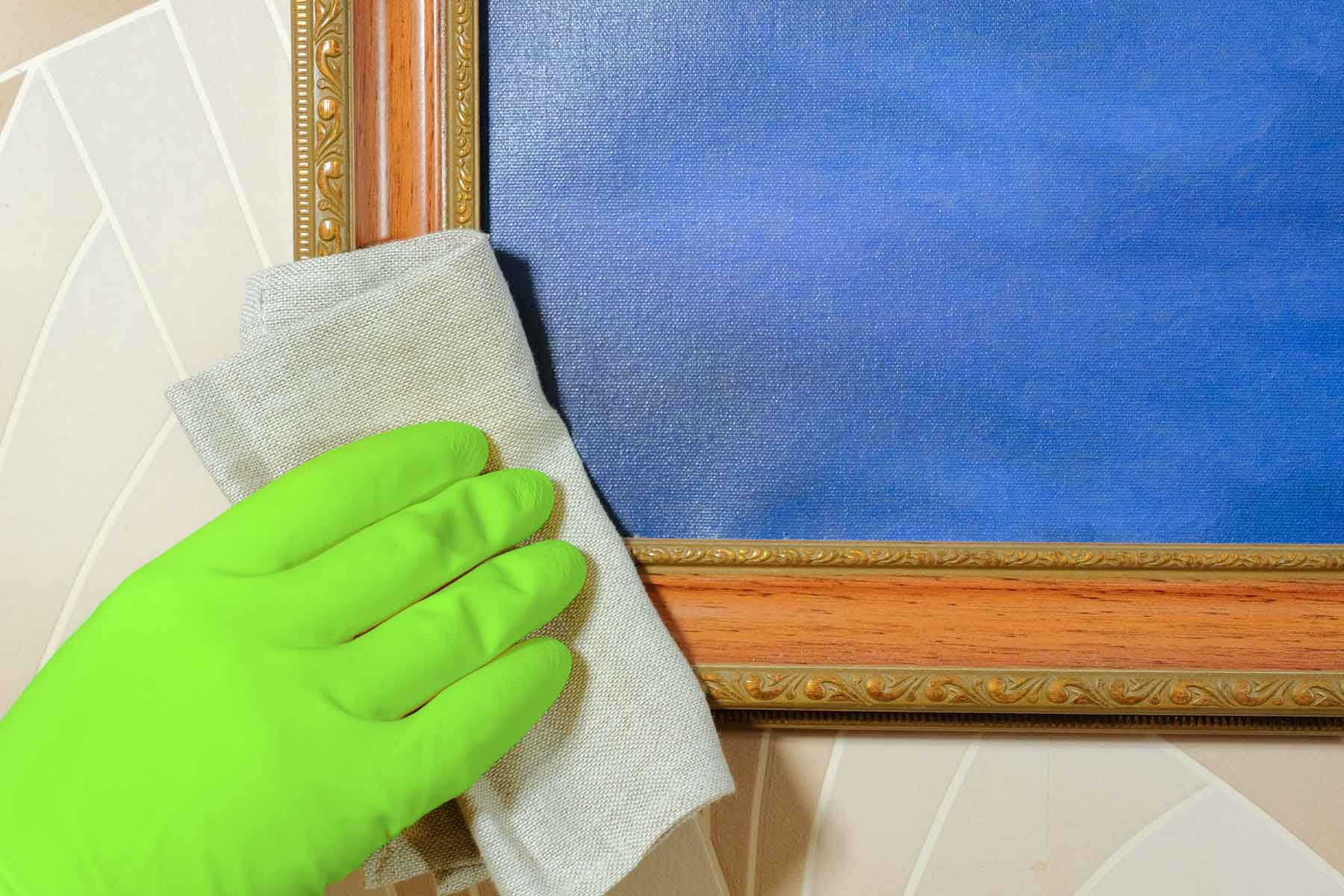Art conservation plays a vital role in preserving the integrity and longevity of precious artworks. Among the many challenges faced by conservators, dust accumulation poses a significant threat to the aesthetic and structural integrity of art pieces. In this blog post, we will explore effective dust cleaning techniques specifically tailored for art conservation, ensuring the protection and longevity of these masterpieces.
To begin with, let’s discuss the impact of dust on artworks.
The Impact of Dust on Artworks
Dust, composed of fine particles and debris, accumulates on the surfaces of artworks over time. This layer of dust not only dulls the vibrant colors and textures of the artwork but can also lead to chemical reactions, staining, and degradation of the materials. Dust can contain abrasive particles that, when agitated or moved, may cause scratches or surface damage. It is crucial to implement proper dust cleaning techniques to mitigate these risks and preserve the artworks.
Now, let’s explore effective dust cleaning techniques for art conservation.
Gentle Brushing and Vacuuming
One of the primary methods employed in art conservation is gentle brushing and vacuuming. Soft brushes with natural bristles are used to delicately remove loose dust particles from the surface of the artwork. The brush strokes must be light and methodical, following the contours of the artwork and avoiding excessive pressure. Simultaneously, a low-power vacuum with a HEPA filter is used to capture the dislodged dust particles, preventing them from resettling on the artwork.
Additionally, let’s discuss the use of compressed air in dust cleaning for art conservation.
Compressed Air for Dust Removal
Compressed air is another valuable tool in the arsenal of art conservators for dust removal. It is particularly effective for intricate surfaces and delicate areas where traditional brushing may not be feasible. The compressed air, delivered through a nozzle or airbrush, dislodges dust particles from hard-to-reach areas without direct contact. However, it is crucial to use regulated low-pressure air to avoid any unintended damage to the artwork.
Moreover, let’s explore the role of specialized erasers in dust cleaning for art conservation.
Specialized Erasers for Surface Cleaning
Specialized erasers, such as kneaded erasers or conservation erasers, are commonly used in art conservation for surface cleaning. These erasers are designed to be gentle and non-abrasive, allowing conservators to lift off light layers of dust from the artwork. By lightly pressing and rolling the eraser over the surface, conservators can effectively remove surface dust without causing any damage or leaving residue behind.
Furthermore, let’s discuss the importance of preventive measures in dust management for art conservation.
Preventive Measures for Dust Management
In addition to regular dust cleaning, implementing preventive measures is crucial in minimizing dust accumulation on artworks. These measures include maintaining a controlled environment with appropriate humidity and temperature levels, installing air filtration systems, and using display cases or covers to shield the artworks from airborne particles. By reducing the influx of dust particles, conservators can significantly extend the intervals between intensive dust cleaning sessions, ensuring the long-term preservation of the artworks.
Lastly, let’s highlight the significance of professional expertise in dust cleaning for art conservation.
The Significance of Professional Expertise
Dust cleaning for art conservation requires a delicate touch and a deep understanding of the specific artwork’s materials and vulnerabilities. It is essential to consult professional art conservators who possess the expertise, knowledge, and experience to identify the most suitable dust cleaning techniques for each artwork. Their meticulous approach and attention to detail ensure that the cleaning process is executed safely and effectively, preserving the artwork’s original beauty and historical value.
Conclusion
Effective dust cleaning techniques are integral to the preservation of artworks and the field of art conservation. By employing gentle brushing and vacuuming, utilizing compressed air, utilizing specialized erasers, and implementing preventive measures, conservators can successfully remove dust particles while safeguarding the integrity of the artworks. However, it is crucial to seek professional expertise to ensure the appropriate application of these techniques for each unique artwork. By prioritizing dust cleaning in art conservation, we can ensure the longevity and beauty of these masterpieces for generations to come.




No comment